|
|
|
|
Species Photo Gallery for Gyponana offula No Common Name 8 |
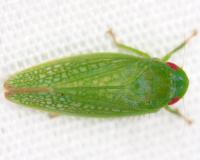 | Photo by: Kyle Kittelberger
Wake Co.
Comment: 8.7 mm, male | 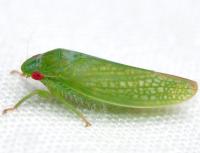 | Photo by: Kyle Kittelberger
Wake Co.
Comment: 8.7 mm, male |
 | Photo by: Kyle Kittelberger
Wake Co.
Comment: | 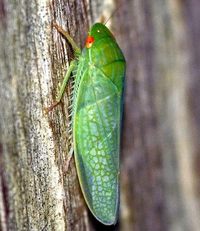 | Photo by: Paul Scharf , Kyle Kittelberger, Brian Bockhahn
Ashe Co.
Comment: Came to light; tentative |
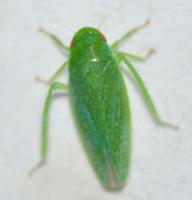 | Photo by: Kyle Kittelberger
Wake Co.
Comment: | 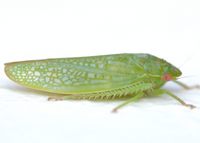 | Photo by: Kyle Kittelberger, Paul Scharf
Beaufort Co.
Comment: open, grassy habitat surrounded by pine and mixed hardwood forest; 10.8 mm long |
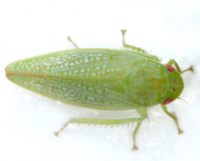 | Photo by: Kyle Kittelberger, Paul Scharf
Beaufort Co.
Comment: open, grassy habitat surrounded by pine and mixed hardwood forest; 10.8 mm long |  | Photo by: Kyle Kittelberger
Wake Co.
Comment: 8.7 mm, male |
|

 »
»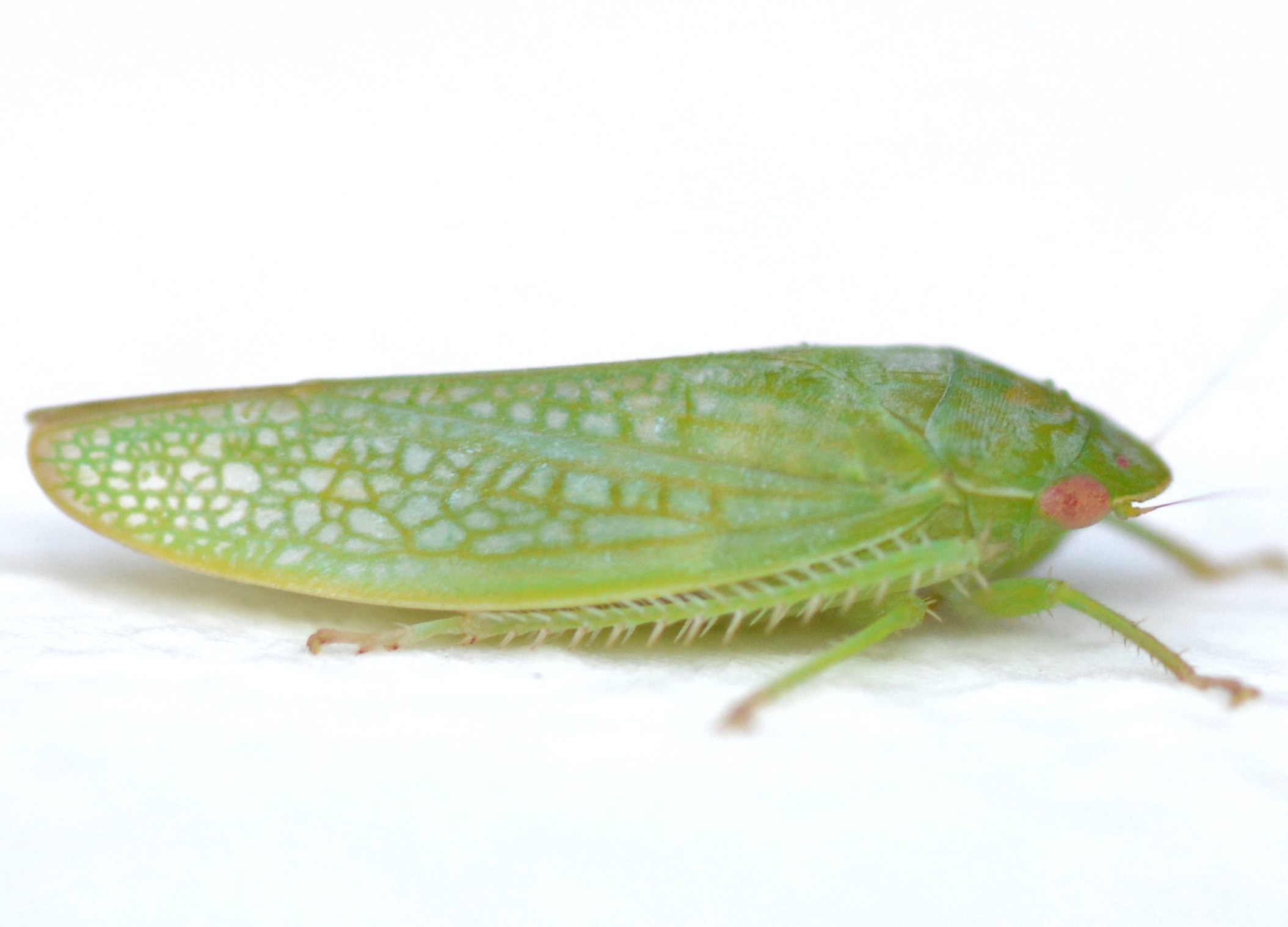
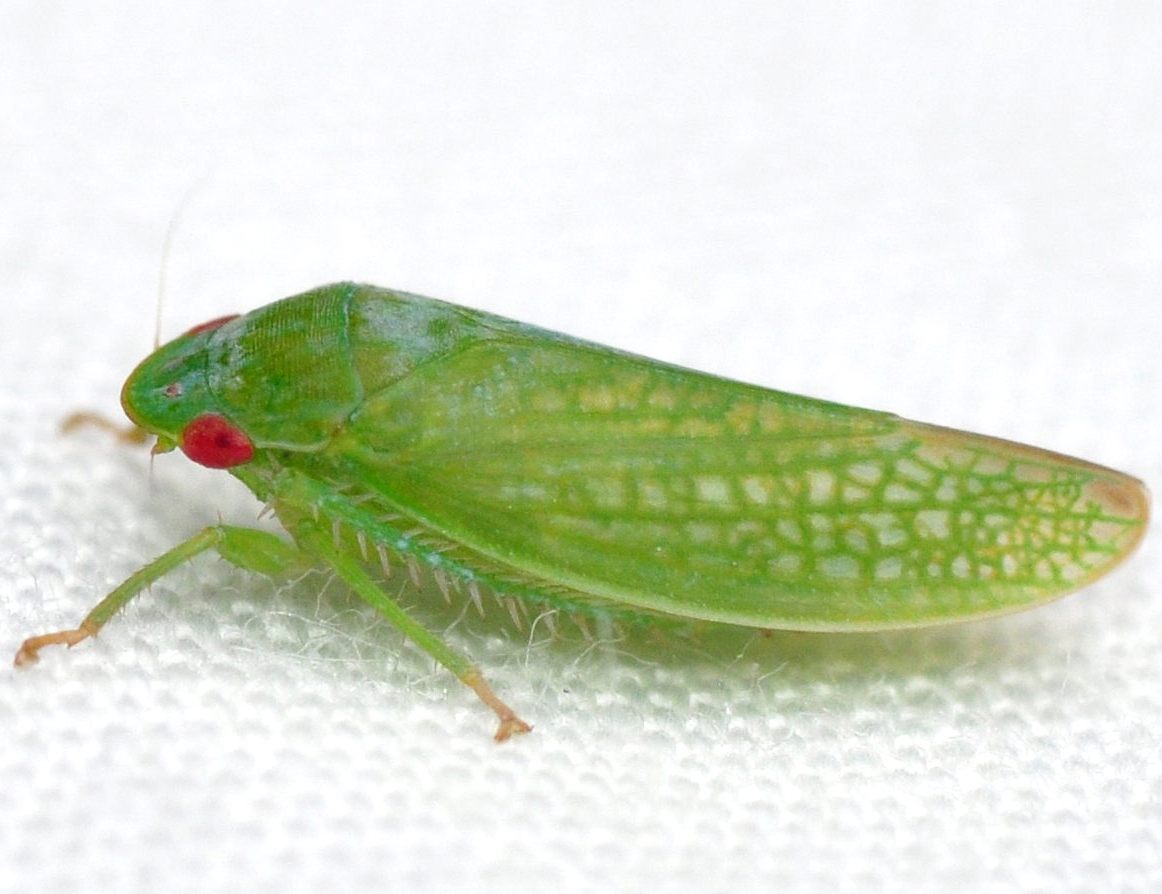
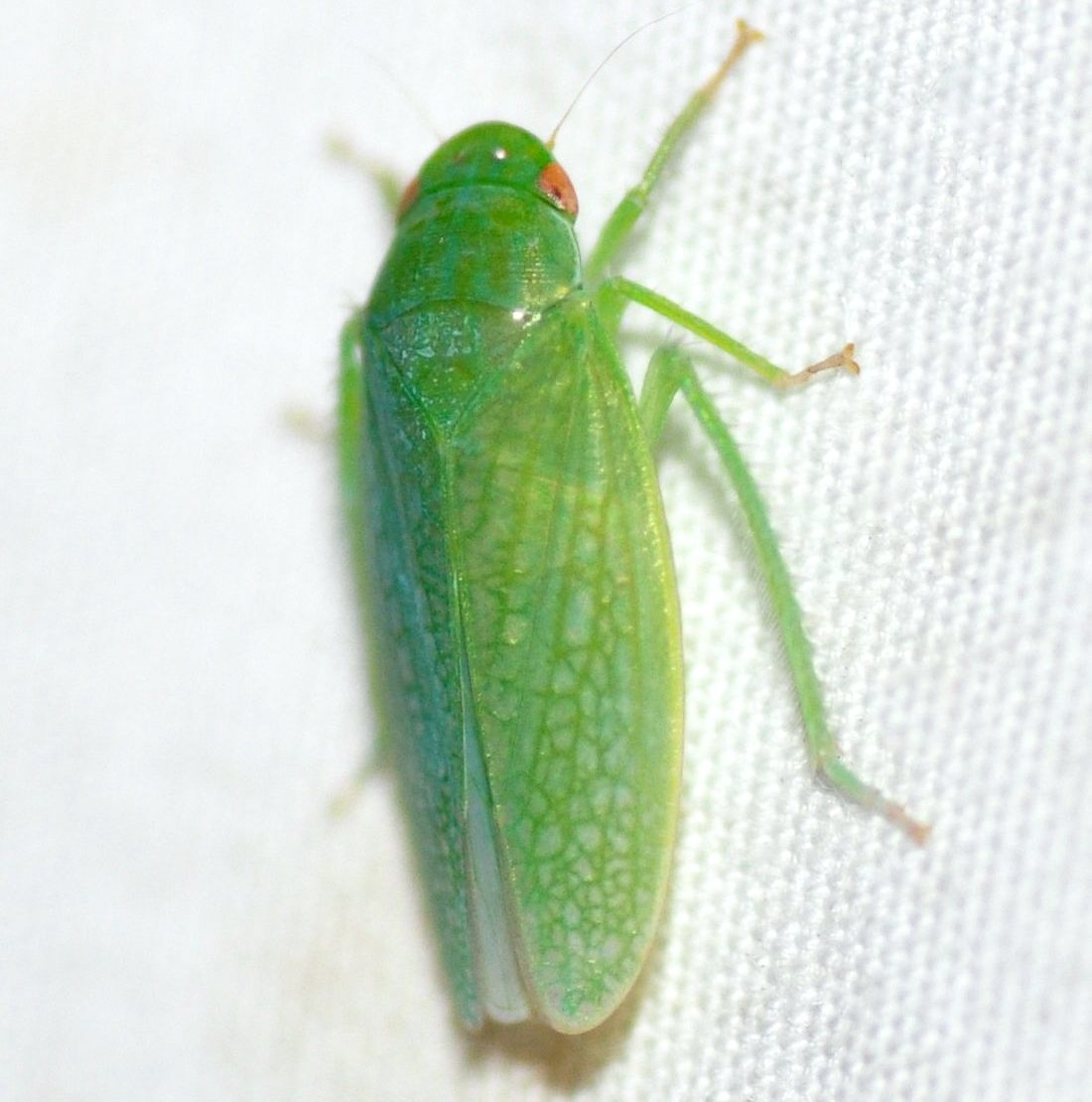

 »
»

